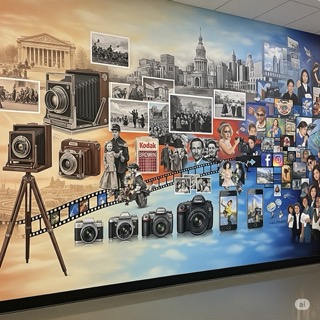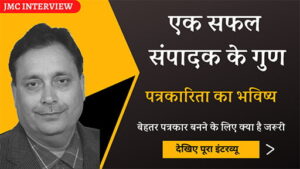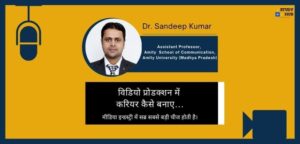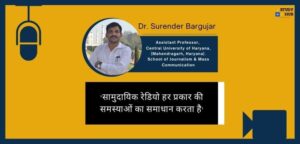The Shannon and Weaver model of communication is:
(A) Modular
(B) Circular
(C) Linear
(D) Non-linear
Correct Ans: (C)
Explanation:
The Shannon and Weaver model of communication follows a linear structure. It presents communication as a one-way process where a sender transmits a message through a channel to a receiver. This model, developed in 1949, originated in the field of telecommunications but later became a fundamental concept in mass communication studies.
The process starts with the information source, which generates a message. Next, the transmitter encodes the message into a signal. The channel carries the signal to the receiver, where the decoder interprets it. Finally, the message reaches the destination. Since this model flows in a single direction, it does not account for feedback, making it strictly linear.
One of its key elements is noise, which disrupts the message during transmission. This interference can be technical, such as static in a phone call, or semantic, like misunderstandings in written text. Since the model highlights the impact of noise, it remains useful in understanding communication barriers.
However, critics argue that it oversimplifies communication. Real-life interactions often involve feedback and multiple interpretations, which the model does not address. Despite its limitations, the Shannon and Weaver model remains a foundation for studying communication processes, especially in media and technology.
Thus, this model is linear, as it moves in a single direction without feedback loops or continuous interaction.














